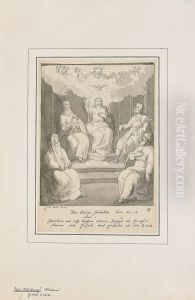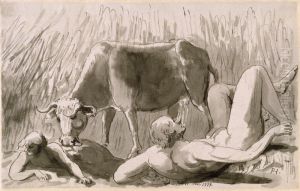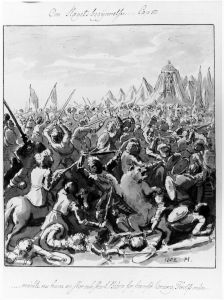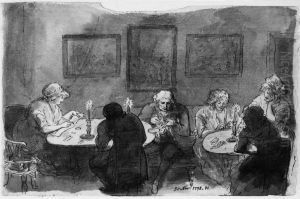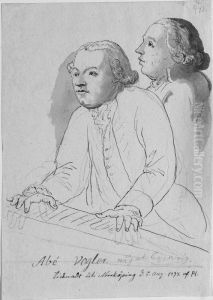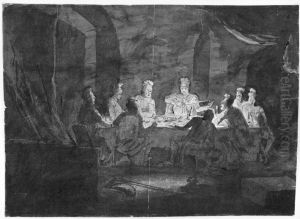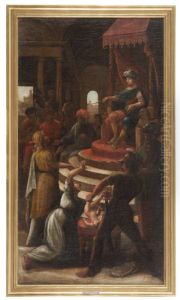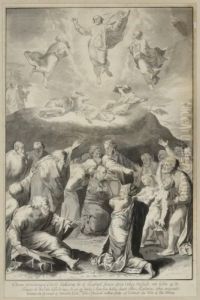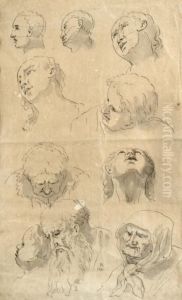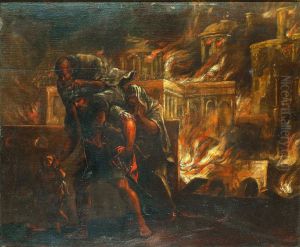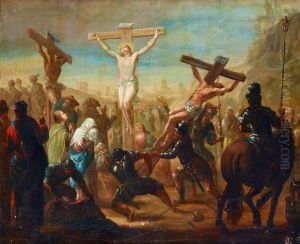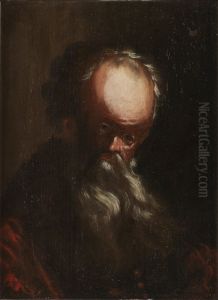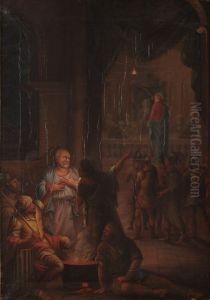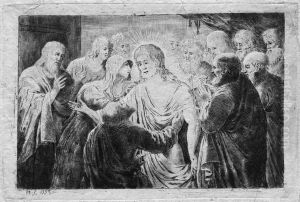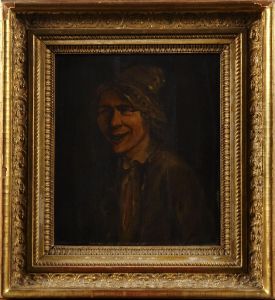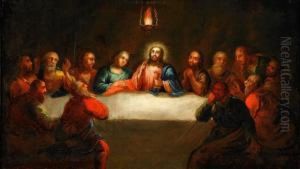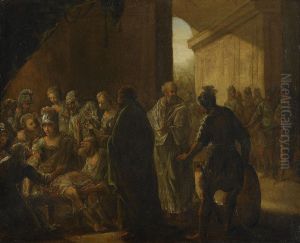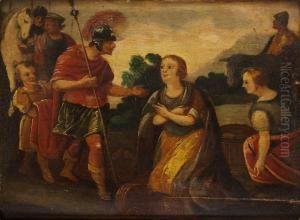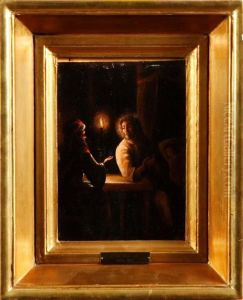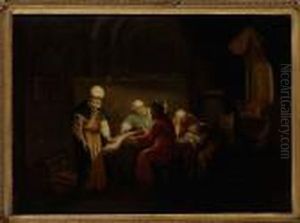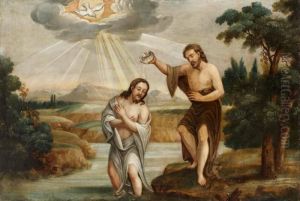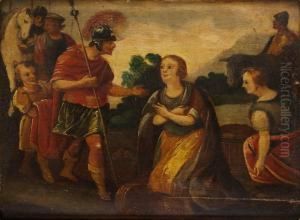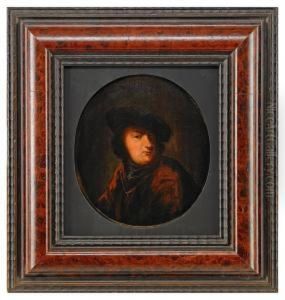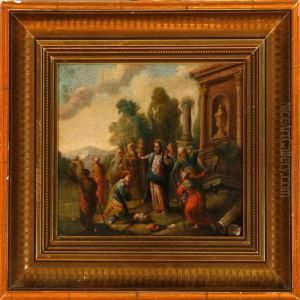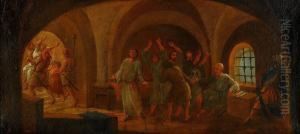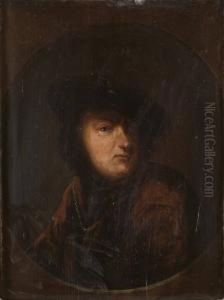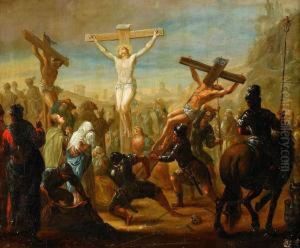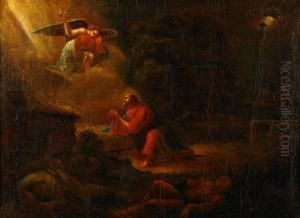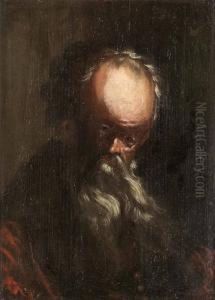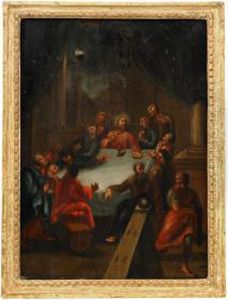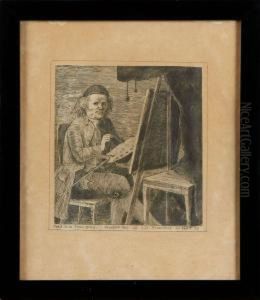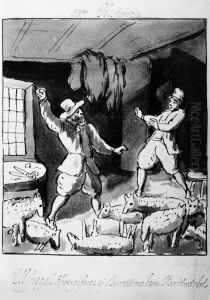Pehr Horberg Paintings
Pehr Hörberg was a Swedish painter and musician known for his contributions to Swedish art during the late 18th and early 19th centuries. Born on January 31, 1746, in Virestad, Kronoberg County, Sweden, Hörberg showed an early interest in art and music. Despite a lack of formal education in the arts, he developed his skills through apprenticeships and self-study.
In the early stages of his career, Hörberg painted church interiors and decorations, which were well-received and helped establish his reputation. His work often included religious motifs and scenes from the Swedish countryside, reflecting both his personal piety and love for nature. Hörberg's art is characterized by its vivid detail, use of color, and an emotional depth that resonated with the sentiments of his time.
Apart from painting, Hörberg was also a talented musician and composed a number of hymns, some of which are still sung in Swedish churches today. His dual passions for art and music often intersected in his works, as he was known to include musical themes within his paintings.
Throughout his career, Hörberg remained largely a provincial artist, choosing to live and work outside of the main cultural hubs of Sweden. Despite this, his work gained recognition and admiration for its unique qualities and the authentic representation of Swedish rural life.
Pehr Hörberg's contributions to Swedish art were not only limited to his paintings and music but also included his role as a mentor to young artists. He inspired a generation of Swedish painters, promoting an appreciation for the natural beauty and cultural heritage of Sweden.
Hörberg passed away on January 24, 1816, in Risinge. He left behind a legacy as one of Sweden's significant artists of his time, whose works continue to be appreciated for their charm, skill, and cultural significance.
